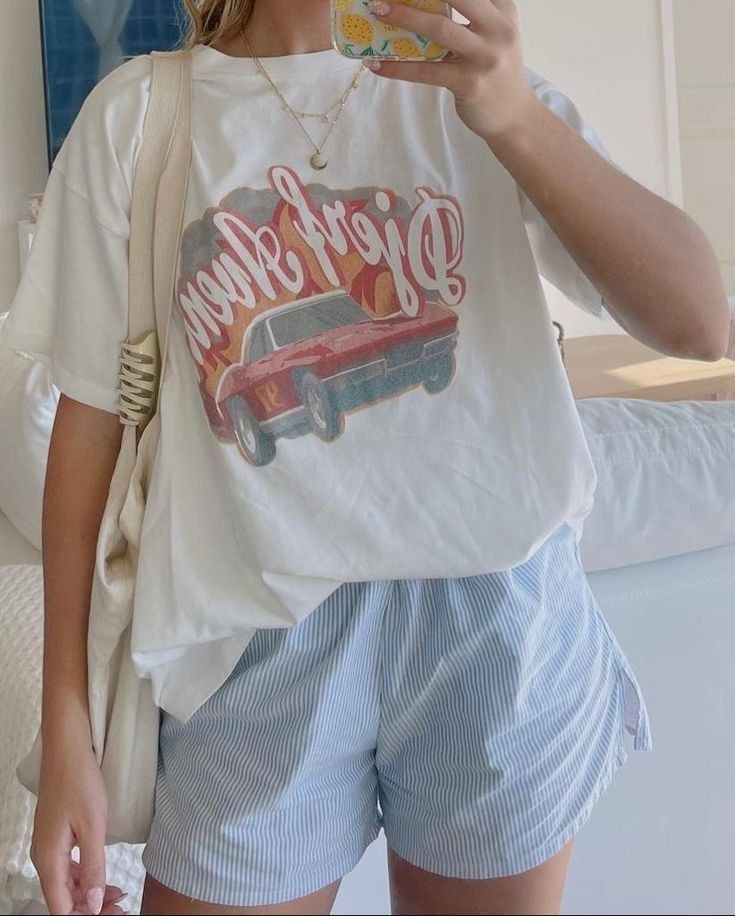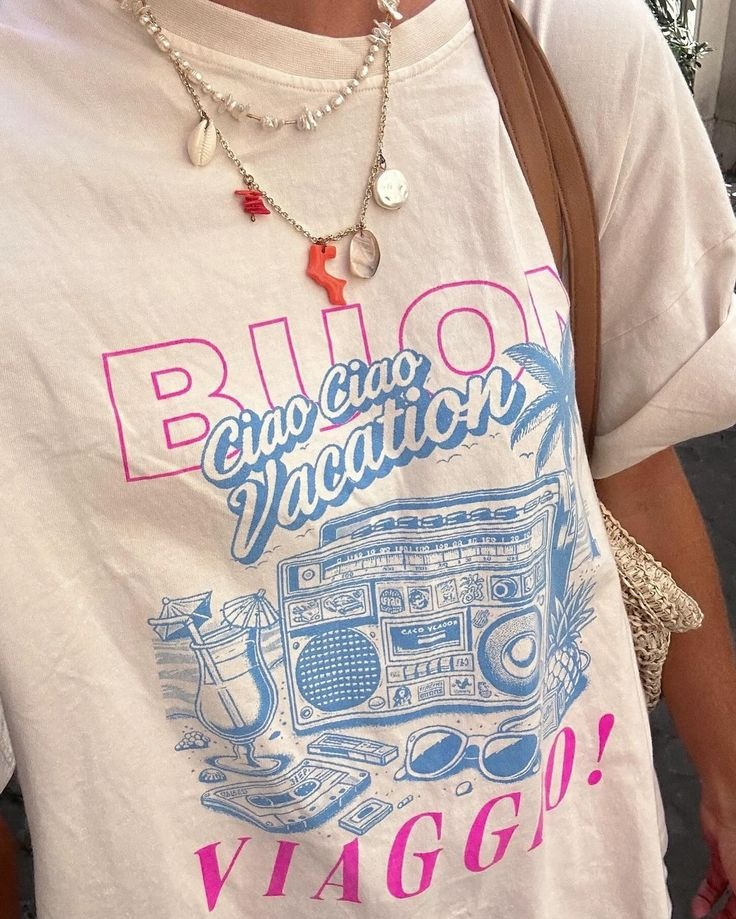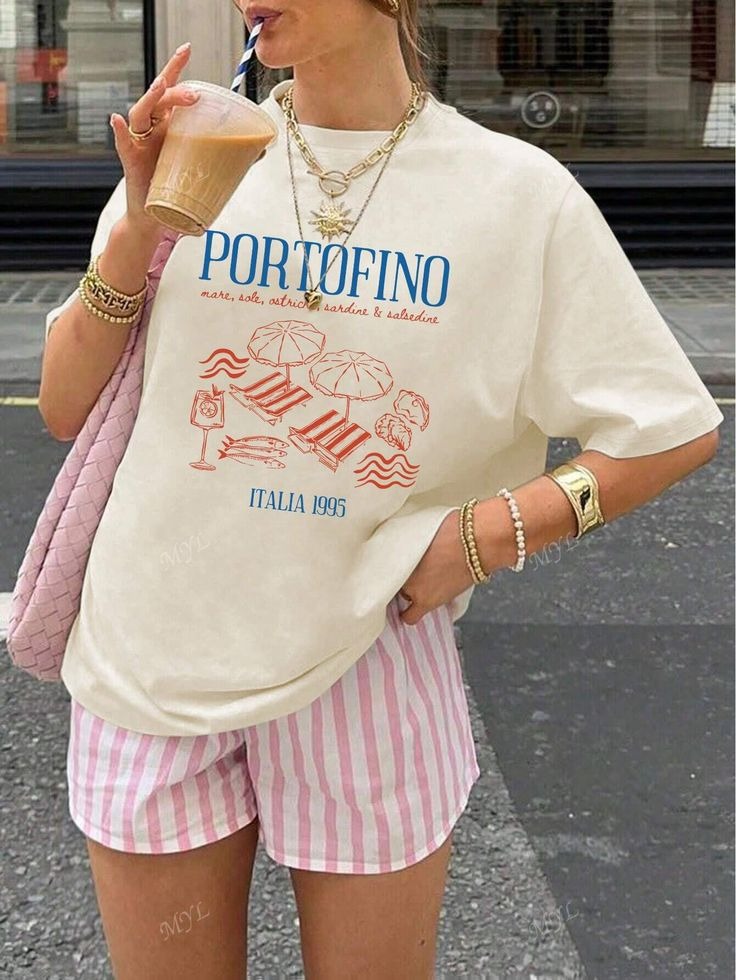Introduction
The T Shirt stands as one of the most universal items of clothing in the modern wardrobe. Despite its simple appearance, this garment carries layers of meaning, functionality, and adaptability that span centuries and cross cultures. In this exploration, we will examine how the T Shirt emerged, how it evolved in material and design, the significance it holds in cultural and social contexts, its role in fashion and personal expression, environmental concerns surrounding its widespread use, and prospects for innovation and future developments. Through a cohesive structure and smooth transitions, we aim to provide a comprehensive narrative that captures the essence of the T Shirt phenomenon in roughly two thousand words.
Historical Origins
The story of the T Shirt can be traced back to the early twentieth century, when garments similar in shape appeared as undergarments or sleepwear. Sailors and laborers appreciated lightweight garments that allowed ease of movement in warm conditions. Over time, what began as a simple utility item shifted into outerwear when people realized its comfort and versatility. The shift from underclothing to visible garment accelerated in the mid century as popular culture and changing attitudes to fashion embraced informality. Early adopters included sports teams and workers who required durable and easy to launder garments. As the T Shirt entered mainstream consciousness, it detached from its purely practical origins and gained new layers of meaning.
Evolution in Material and Design
Initially crafted from coarse fabrics that prioritized durability, the early T Shirt gradually evolved towards softer weaves and more refined textiles. Cotton became the staple material due to its breathability and wide availability. Innovations in textile manufacturing introduced blends that improved stretch, resilience, and color retention. Advances in spinning and knitting methods enabled a finer gauge fabric that felt softer against the skin while remaining long lasting. Design features also evolved: necklines widened or narrowed according to prevailing tastes; sleeve lengths varied from short to slightly extended; and silhouettes adjusted to various body types. At each stage, improvements in dyeing techniques and printing processes allowed greater diversity in appearance. The capacity to reproduce vibrant colors or detailed graphics turned the T Shirt into a canvas for art and messaging, further expanding its appeal beyond mere utility.
Cultural Significance and Social Movements
Beyond material and form, the T Shirt has served as a tool for communication. When one wears a shirt featuring an image, slogan, or artwork, an immediate statement is made about identity, belief, or affiliation. In various eras, T Shirts have carried protest slogans, band logos, brand insignia, or commemorative graphics. This phenomenon deepened during periods of social upheaval and political activism, when participants adopted printed shirts to signal solidarity or dissent. Furthermore, the T Shirt’s democratic nature means it is accessible to many socioeconomic groups, reinforcing its ability to unite disparate individuals under shared messages. In subcultures from music scenes to athletic communities, the shirt functions as a symbol of belonging. Over decades, collectors have sought vintage shirts associated with landmark events or iconic personalities, further emphasizing the garment’s cultural resonance.
The T Shirt in Fashion and Personal Style
While the T Shirt began as a basic garment, designers and stylists eventually embraced its potential for creativity. Elevated versions appeared on runways in high fashion contexts, where cuts, fabrics, and embellishments reimagined the shirt as a statement piece. At the same time, everyday wear continued to revolve around simplicity and comfort. Individuals mix and match T Shirts with tailored bottoms or layers to achieve a variety of looks. The adaptability of the garment allows pairing with casual shorts or more formal jackets, illustrating its chameleon like quality. Variations include oversized fits, cropped lengths, or tailored shapes that flatter different body types. Customization remains popular: individuals dye, distress, or alter shirts to reflect personal taste. This interplay between mass produced items and individual modification underscores the T Shirt’s unique position at the intersection of fashion industry and grassroots creativity.
Environmental Considerations and Sustainability
The global appetite for T Shirts has environmental implications. Cotton cultivation demands significant water and land resources, while certain dyeing processes can generate pollution. Mass production often encourages a fast fashion cycle: consumers purchase large quantities at low cost and discard items quickly when trends shift or garments wear out. This cycle amplifies waste and resource depletion. In response, producers and consumers are exploring more sustainable practices. Organic cotton, recycled fibers, and regenerative agricultural methods aim to reduce environmental impact. Manufacturers experiment with waterless dyeing and closed loop systems that capture chemicals for reuse. Consumers increasingly seek durable T Shirts that withstand repeated wear and laundering, as well as brands that prioritize transparency and ethical labor practices. Additionally, resale and upcycling initiatives extend the useful life of garments. While these efforts are gaining traction, challenges remain in scaling sustainable solutions across a vast global industry. Education around care practices, such as washing at lower temperatures and repairing minor damage rather than discarding, also plays a role in mitigating environmental burden.
Technological Innovations and Future Directions
Technology continues to influence how T Shirts are produced, designed, and consumed. Digital printing allows on demand customization with minimal waste, enabling small runs or even single items tailored to individual preferences. Smart textiles may introduce sensors embedded within fabric, capable of monitoring biometric data or adjusting temperature regulation. Advances in bio based materials promise alternatives to traditional fibers, potentially reducing reliance on water intensive crops. 3D knitting machines can create seamless garments that reduce fabric waste and improve fit. Virtual and augmented reality tools let consumers preview designs on a digital avatar before ordering, decreasing returns. Blockchain technology could enhance supply chain transparency, giving consumers confidence in ethical sourcing. As these innovations diffuse, the T Shirt may evolve not only in aesthetics but also in functionality, perhaps serving as a platform for health monitoring or interactive experiences. However, balancing novelty with affordability will be essential to maintain the T Shirt’s broad accessibility.
Global Market and Economic Impact
The T Shirt market is vast, spanning local artisans to multinational corporations. Economies of scale enable major brands to produce at low unit cost, reaching consumers worldwide through extensive distribution networks. At the same time, small scale enterprises and independent designers find niches by emphasizing craftsmanship, unique designs, or sustainable methods. The interplay between large scale production and artisanal offerings creates a dynamic landscape. In many regions, garment manufacturing provides employment opportunities, though concerns about working conditions persist in some areas. Consumer behavior influences production patterns: seasonal trends, branding strategies, and collaborations between artists or celebrities can drive demand spikes. E commerce platforms have simplified access to a diversity of T Shirts from around the world, while social media amplifies trends rapidly. Economic pressures and shifting consumer values push brands to innovate in marketing, design, and ethics to maintain relevance. The resilience of the T Shirt market illustrates how a simple garment can underpin a complex global ecosystem.
Care and Longevity
Maintaining a T Shirt’s quality extends its life and reduces the need for frequent replacement. Care guidelines typically recommend washing in mild detergent, avoiding excessive heat in drying, and turning garments inside out to protect prints. Repairs such as mending small tears or reinforcing seams can prolong usability. When shirts no longer serve their original purpose, creative repurposing—such as transforming fabric into cleaning cloths or patchwork items—adds value and reduces waste. Community initiatives often collect used shirts for donation or recycling programs. Educating consumers on proper care and encouraging mindful purchasing helps balance the environmental and economic aspects of T Shirt consumption.
Social Media and Digital Culture
In the digital age, the T Shirt’s communicative power extends online. Images of people wearing shirts with messages are shared across social platforms, amplifying causes or artistic statements. Brands leverage user generated content by encouraging customers to post photos wearing their designs. Viral trends can emerge around specific shirt graphics or slogans that capture a moment in time. This digital visibility fuels demand and influences design cycles. Influencers and content creators often collaborate with brands to create limited edition shirts that reflect niche communities’ tastes. The immediacy of online feedback allows rapid adaptation: designers can test prototypes digitally and gauge audience response before full production. However, this fast pace can intensify the cycle of consumption; striking a balance between creative engagement and sustainable practice remains an ongoing conversation in digital communities.
Personal Identity and Self Expression
Beyond collective statements, individuals use T Shirts to express personal identity. A shirt may reference a beloved film, a cherished memory, or an inside joke within a small group. Some keep a collection of shirts that chronicle life events—a souvenir from a concert, a memento from a sports tournament, or a gift received on a special occasion. The tactile experience of wearing a familiar shirt can evoke nostalgia or comfort. As wardrobes evolve, people curate their T Shirt selection to reflect changing tastes. This personal dimension highlights the emotional resonance of what might otherwise be seen as a simple garment. Designers often tap into this by creating designs that feel personal or that invite wearers to project their own meaning onto the shirt.
Regional Variations and Local Adaptations
Although the basic form remains consistent globally, regional variations reflect climate, cultural norms, and local aesthetics. In warm climates, lightweight fabrics and loose fits prevail. In cooler regions, layering a shirt under jackets or sweaters becomes common, sometimes prompting designers to create slightly heavier knits suited for layering. Local artisans may incorporate traditional motifs or textile patterns into T Shirt designs, merging global form with regional heritage. Language plays a role: slogans or graphics may appear in local dialects or scripts, reinforcing cultural identity. Such adaptations illustrate the T Shirt’s flexibility as both a universal and a localized garment, capable of bridging global fashion trends and community specific expression.
Economic and Ethical Considerations in Sourcing
The supply chain behind T Shirt production often spans multiple countries, from raw material cultivation to spinning, dyeing, cutting, sewing, and distribution. Ethical concerns arise when labor conditions in some regions fail to meet fair standards or when transparency is lacking. Consumers and advocacy groups increasingly demand accountability regarding wages, worker safety, and environmental compliance. Certifications and third party audits can provide assurance, though varying standards may complicate interpretation. Some brands commit to direct partnerships with producers or invest in community development projects to improve local conditions. Ethical sourcing may influence cost, but many consumers are willing to support higher price points if they trust the product’s provenance. Balancing affordability with responsibility remains a central challenge for stakeholders across the T Shirt industry.
Artistic Collaborations and Limited Editions
Collaborations between artists and apparel brands often produce limited edition T Shirts that become collectible items. Such partnerships blend the artist’s vision with the garment form, yielding unique designs that resonate with fans of art as well as fashion. Limited runs create scarcity, elevating the shirt beyond everyday wear to a statement piece or even an investment. Special packaging or certificates may accompany these items, further distinguishing them. The collaborative process can spotlight emerging artists, giving them exposure through a wearable medium. Collectors may display or archive these shirts, treating them as cultural artifacts. This intersection of art and apparel underscores how the T Shirt transcends mere clothing to become a platform for creative expression and cultural dialogue.
Future Trends and Speculations
Looking ahead, the T Shirt is poised to integrate more seamlessly with technology and sustainability efforts. Advances in materials science may yield fabrics that regulate temperature dynamically or self clean to reduce washing frequency. Biodegradable fibers could lessen landfill impact when shirts inevitably reach end of life. On demand manufacturing and local production hubs may shorten supply chains, reducing carbon emissions. Digital customization may empower consumers to co create designs with brands or community platforms. Virtual wardrobes in digital environments might include digital T Shirt equivalents for avatars, paralleling physical consumption with virtual expression. Yet, even amid high tech possibilities, the fundamental appeal of a comfortable, easy garment remains. The key will be balancing innovation with the simple pleasure of wearing a shirt that fits well, feels soft, and reflects one’s personal story.
Conclusion
The T Shirt’s journey from humble undergarment to global icon illustrates how a basic piece of clothing can acquire profound cultural, economic, and personal significance. Its adaptability in material, design, messaging, and technology ensures it remains relevant across generations. At once democratic and deeply personal, the T Shirt bridges divides between high fashion and street wear, between mass production and artisanal creation, between local traditions and global trends. As we consider environmental and ethical challenges, the T Shirt industry faces opportunities to innovate in sustainable practices and transparent sourcing. Meanwhile, ongoing technological advances promise new functionalities without sacrificing the garment’s core comfort. Ultimately, the enduring appeal of the T Shirt lies in its capacity to express identity, unite communities, and evolve alongside changing times—making it not merely a simple garment but a reflection of human creativity and cultural currents.




Leave a comment